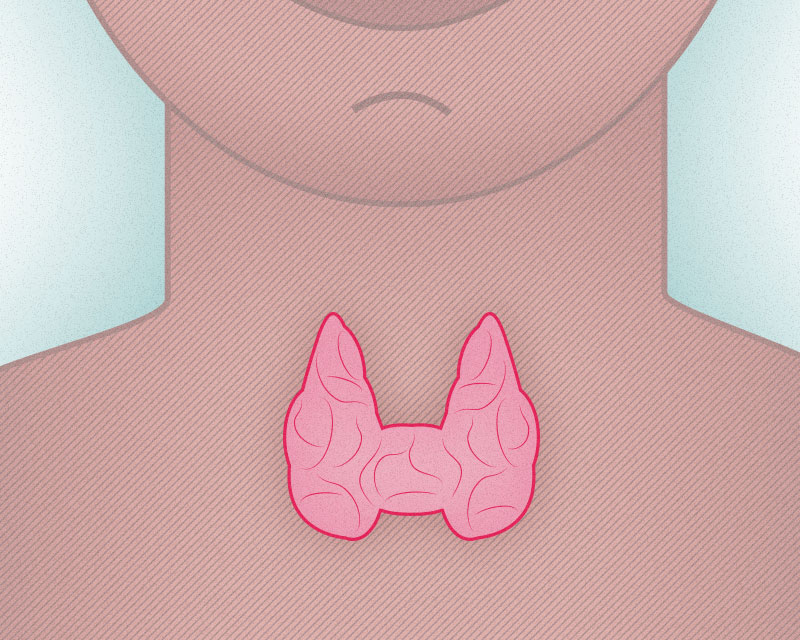The THANC Foundation’s mission is to support research and spread knowledge regarding thyroid, head, and neck disease. Read these eight facts to better understand the thyroid and thyroid disease.
1. What is the Thyroid?
Your thyroid is a butterfly-shaped gland about 2 inches long at the base of your neck, in front of your throat. The thyroid has two symmetrical sides, like butterfly wings, called lobes that sit on each side of your windpipe. These sides are sometimes connected by thyroid tissue called the isthmus.
2. What Does the Thyroid Do?
Your thyroid releases specific hormones that travel through your body and regulate vital functions. These include breathing, heart rate, metabolism, menstrual cycles, body temperature, blood pressure, even your mood is affected by these hormones. Because of this, without the correct quantities of hormones your body and mood can become unbalanced.
3. How Does it Work?
The thyroid is part of your endocrine system that produces, stores, and circulates hormones into your bloodstream to interact with cell production. Made from iodine in your food, the thyroid produces two main hormones: triiodothyronine (T3) and thyroxine (T4) monitored by two brain glands, the hypothalamus and the pituitary. The over or underproduction of these hormones is monitored by the thyroid stimulating hormones (TSH) released by the pituitary.
4. Why Do You Need it?
Thyroid hormones T3 and T4 interact with almost every cell in the body, regulating the speed of their many processes. For example, if your T3 and T4 levels are high, they will increase your heart rate and metabolism, where low levels would decrease them.
5. What is Hyperthyroidism?
Hyperthyroidism occurs when too much T3 and T4 hormones are released into the bloodstream, accelerating the speed of cell processes. This can cause unintentional weight loss, rapid heart rate, irritability, anxiety, and increased sensitivity to high temperatures.
6. What is Hypothyroidism?
Hypothyroidism occurs when too little T3 and T4 hormones are produced, slowing down cell processes. This can cause fatigue, diarrhea, difficulty concentrating, dry skin and hair, and joint or muscle pain.
7. Symptoms of Thyroid Cancer
Swelling, lumps, or nodes found in your neck are the most common symptoms of thyroid cancer. Large thyroid tumors may cause neck or facial pain, difficulty swallowing, hoarseness, coughing, voice changes, and shortness of breath.
8. Possible Causes & Risk Factors
Most people affected by thyroid cancer are between the ages of 20 and 55, occurring in females 2 to 3 times more than males, and more commonly diagnosed after pregnancy or menopause. Also, exposure to high levels of radiation can increase your risk for thyroid cancer, like Hodgkin lymphoma radiation therapy and radioactive contamination. Though the direct cause for thyroid cancer is unknown, thyroid disease, even non-cancerous, can be genetic.



